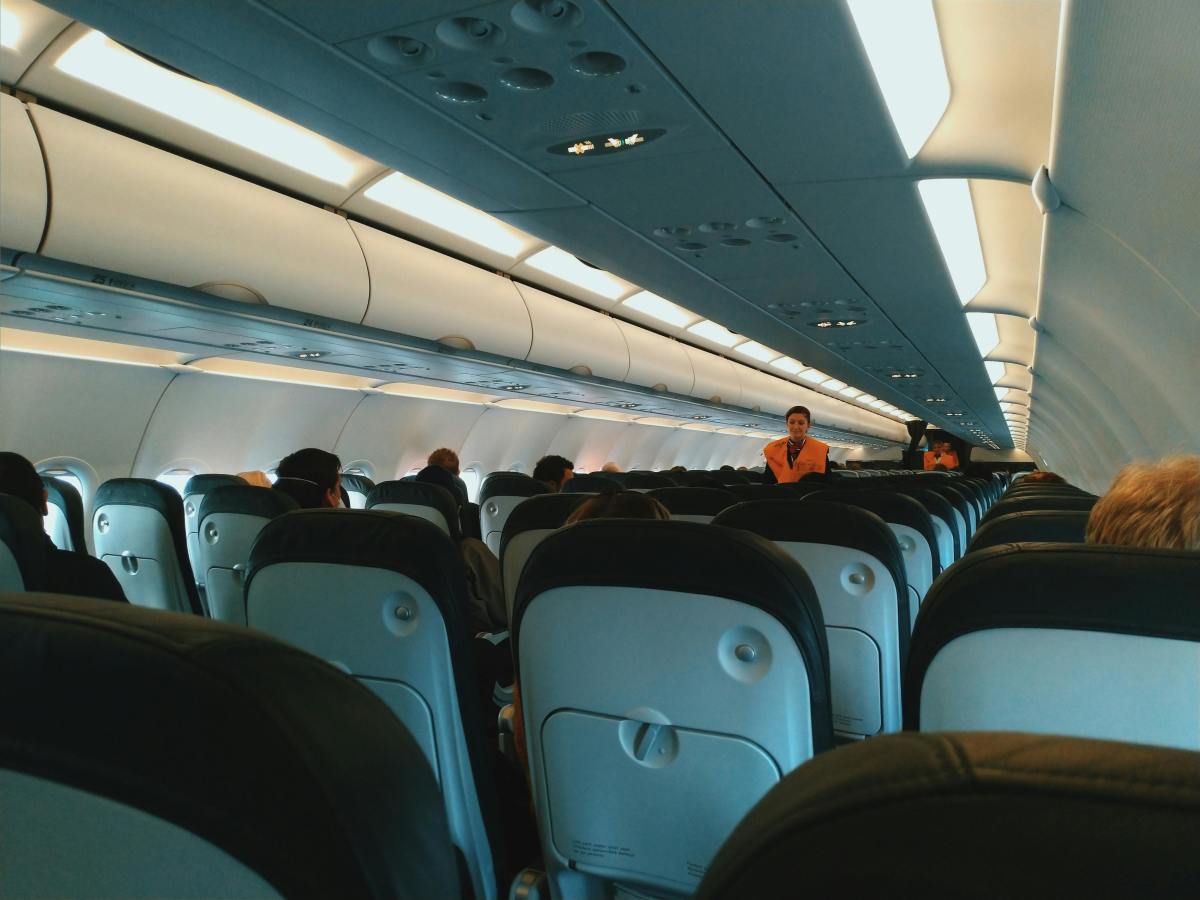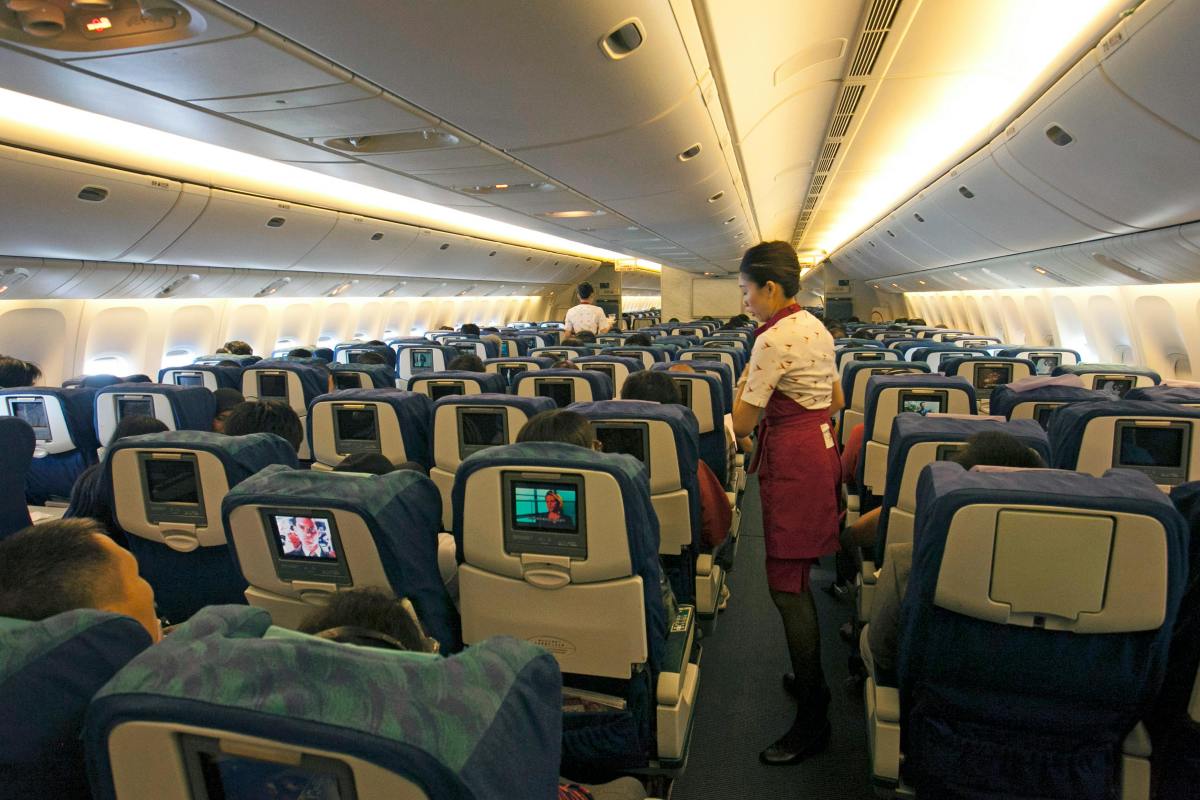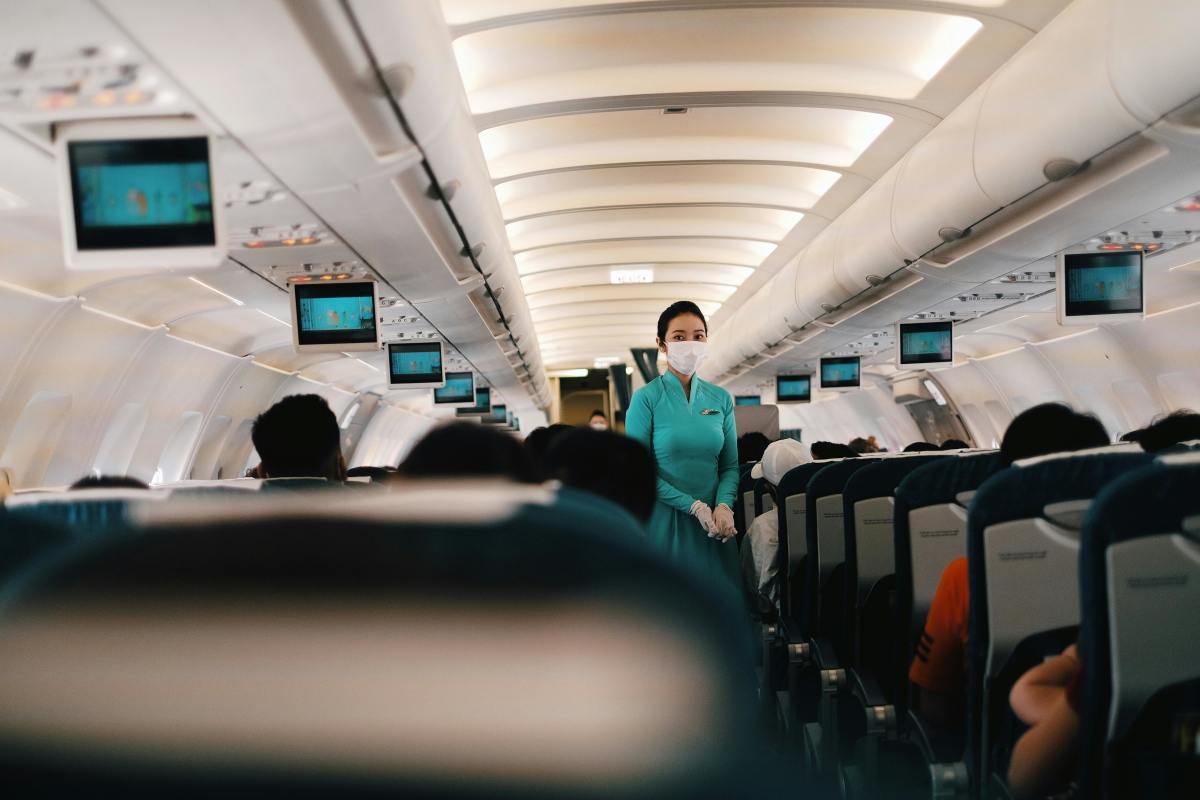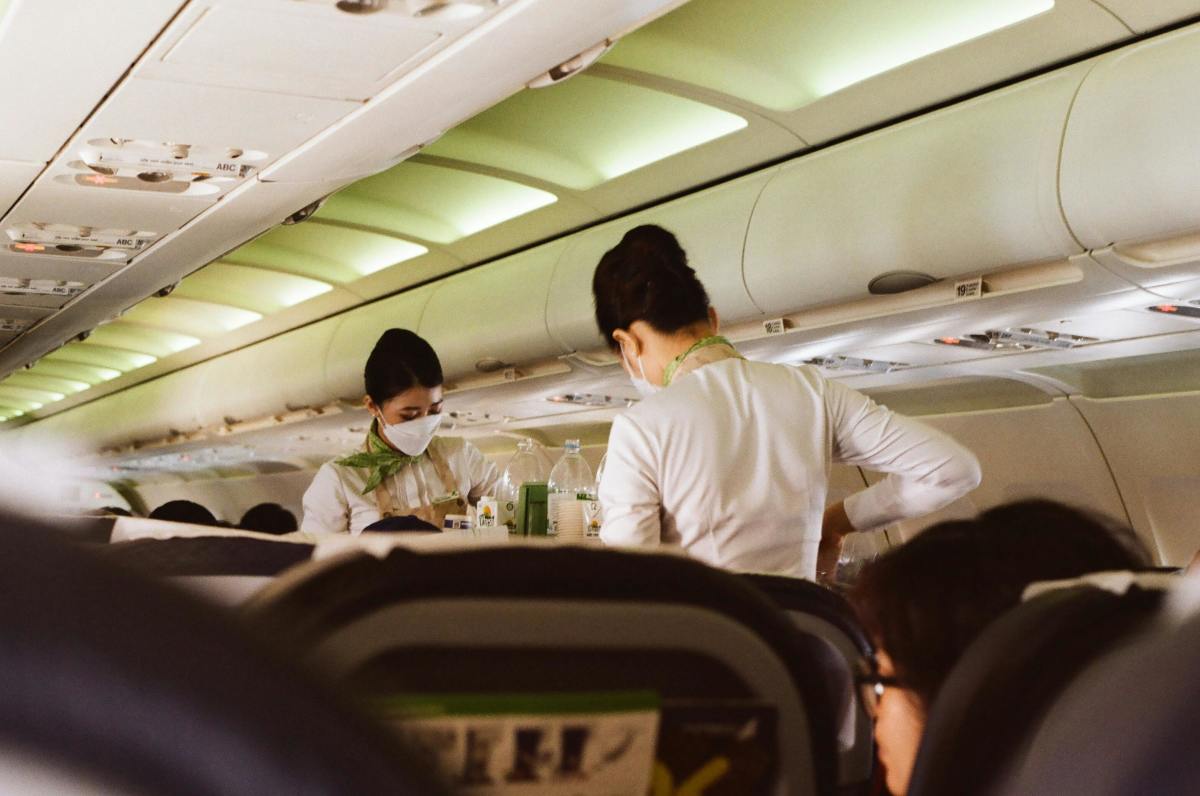Have you ever caught a flight attendant sitting perfectly upright during takeoff or landing, their hands neatly tucked under their thighs, and wondered — what’s going on there?
It might look like just a quirky habit or a way to stay cozy in the chilly cabin air, but the truth is much more important. This simple posture is a crucial part of strict safety protocols, carefully designed to protect lives in those critical moments.

Around the globe, flight crews are rigorously trained to assume what’s known as the brace position during the most critical phases of flight: takeoff and landing. These moments carry the highest risk of emergencies — and this position isn’t just for passengers.
Henny Lim, a flight attendant for Cebu Pacific Airlines in the Philippines, recently revealed the real reason behind this posture in an interview with PEOPLE. She explained that the familiar “sitting-on-hands” pose isn’t just a habit — it’s a vital safety technique designed to minimize injury during sudden impacts, a routine most passengers rarely get to fully understand.

“The goal is to lock the body into a strong, controlled position,” Lim explained. “If we suddenly hit turbulence or face an unexpected emergency, this helps reduce the chance of injury.”
By resting their palms upward and tucking their hands securely under their thighs, flight attendants limit any unnecessary arm movement—preventing limbs from flailing or getting hurt during a collision. Sitting fully upright with a straight spine and firmly planted feet on the cabin floor completes the brace, stabilizing the body and preparing it to absorb any sudden jolts.

Flight attendant Anusha Pratima reinforced this in a Quora discussion, highlighting just how crucial the brace position is for cabin crew during taxiing, takeoff, and landing. She stressed that staying hyper-aware and ready to react instantly is part of the job—and that the brace position helps limit movement of the limbs and spine, drastically reducing the risk of serious injury in a sudden impact.
Interestingly, passengers are instructed to adopt a different brace position during in-flight emergencies. According to aviation expert Simple Flying, travelers should lean their upper body forward, rest their head against the seat in front, and place their hands flat on either side of their head. This forward-leaning posture provides the best protection for those who aren’t trained crew members.

So next time you see a flight attendant settle into that unusual seated position, remember — it’s far from a quirky habit. It’s a carefully honed, life-saving technique born from years of rigorous safety training. And when every second counts, it could be the difference between harm and safety.





